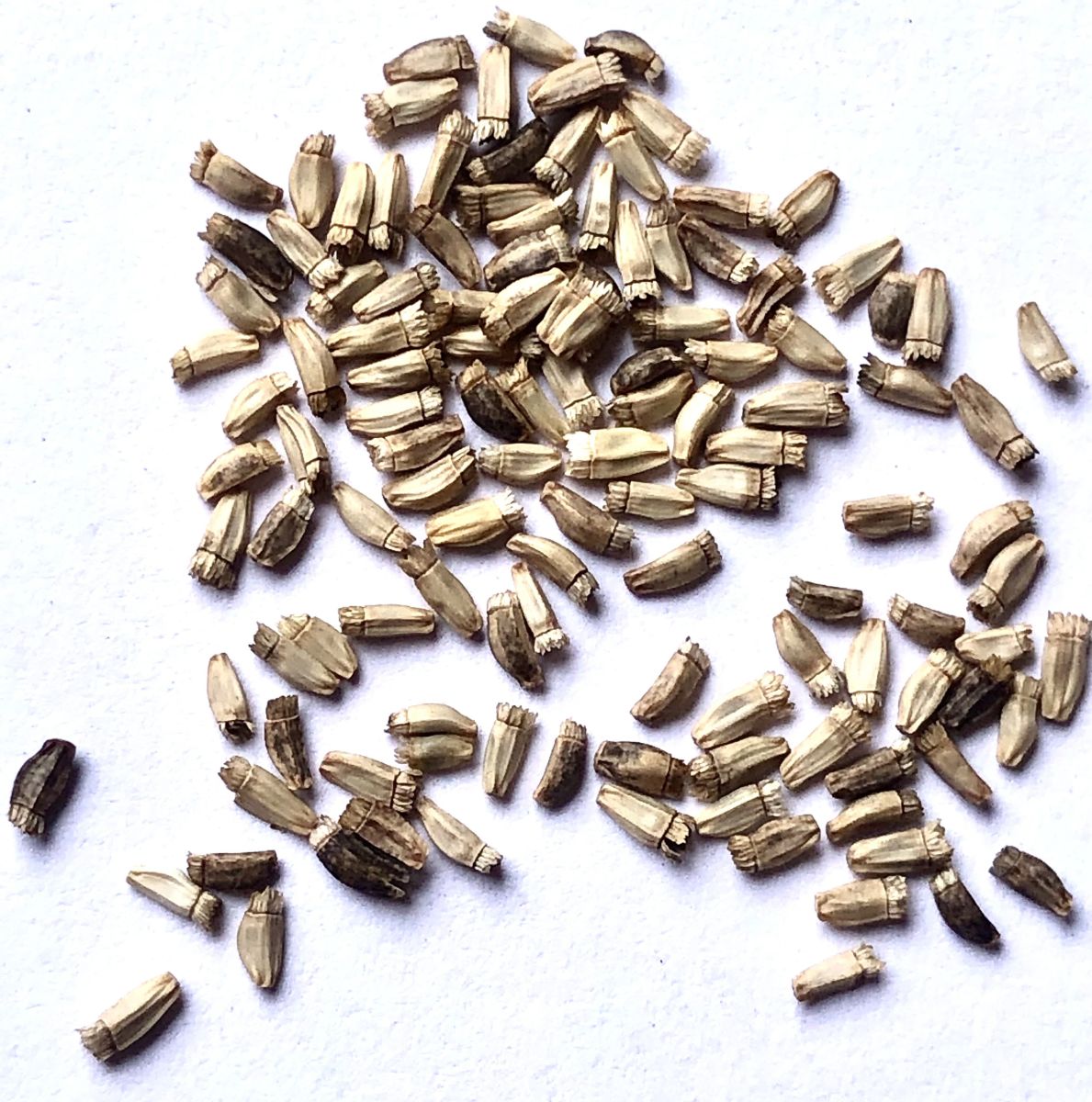Guide to Growing Endive
.jpg)
Most gardeners in our country aren't quite sure what to do with endive - it tastes quite bitter when raw, so consequently most generally leave it alone and stick with plain old lettuce like the iceberg type that they buy in the supermarket or spinach.
While travelling through Europe a few years ago, we stopped at a small cafe on the edge of a Greek seaside village and enjoyed a lovely meal which included the traditional Greek dish 'horta' (boiled Greek wild leafy greens). A mix made up of basically any wild greens which were traditionally harvested by the roadside and which can often include wild spinach, nettles, beetroot leaves, dandelion, chicory, endive and so forth (recipe at the end!)
However, back to endive, basically there's two types - flat or broad leaved and curly. While the curly, finer types are usually grown throughout the warmer months, the broad-leaved varieties are much hardier and will tolerate the cold (including heavy frost). A great green to harvest during the winter months when leafy greens are often rare and few.
If you're put off by the bitter taste there's actually a two-fold trick to growing which makes all the difference.........
GROWING TIP (To reduce bitterness)
-
Ensure plants have plenty of available nitrogen to ensure fast growth. Slow growth will greatly increase bitterness of the leaves.
-
Blanch non-hearting types with a ceramic pot (drainage hole covered) 3-4 weeks before harvesting. Allow air to circulate by propping up the container just above soil level by using small stones or sticks.
Varieties producing a heart will self-blanch and may be grown close together or have their outer leaves tied up for added blanching effect.
CULTIVATION
Endive is a cool-season crop which flourishes between temperatures of 10-20'C so best planted late summer through to autumn although curly varieties may also be planted throughout spring.
-
Plant in full sun or part shade
-
Keep well watered to prevent bitterness and premature bolting
-
Keep weed free
-
Mulch well around plants
HARVESTING
Pick individual leaves as needed for harvest whole plant by cutting 2cm above the ground leaving the root to resprout.
STORING
Leaves do not store well and are better eaten fresh like lettuce. Alternatively place freshly harvested leaves in a resealable bag and place in crisper section of refrigerator. Leaves will last for approx. 3 days.
SEED SAVING
SPACING: 40cm apart
POLLINATION: Self pollinated
SEED VIABILITY: 6 years
ISOLATION DISTANCE: 3 to 6 metres
Distance is minimal as the flowers are almost always pollinated before the stigmas emerge. Minimal spacing is recommended to prevent any unwanted crossing which may result from flowers of adjacent plants rubbing against each other.
POPULATION SIZE: 5 to 10 plants
SEED HARVEST: Havest whole flower stem when two-thirds of the fruit is mature and pods have browned off. Move to a well-ventilated protected area out of direct sunlight and hang in bunches to further dry and mature (approx. 2 weeks). A small amount of shattering may occur so placing a tarp underneath will prevent any losses.
SEED PROCESSING: On a small scale stalks may be threshed by rubbing seed pods between hands, or using a rolling pin to roll over the cut branches to extract the seeds.
On a larger scale stems may be placed onto tarps or in large tubs and treaded upon.
SEED CLEANING: Seed stalks can be removed by hand and then screened and winnowed to remove the chaff.
Horta
(Boiled Greek Wild Leafy Greens)

